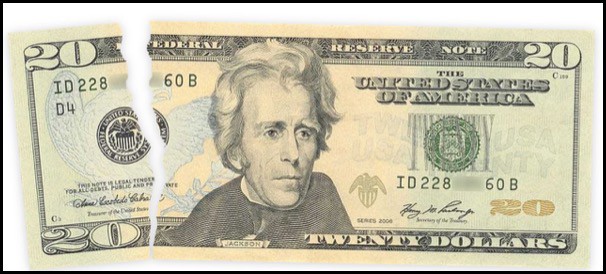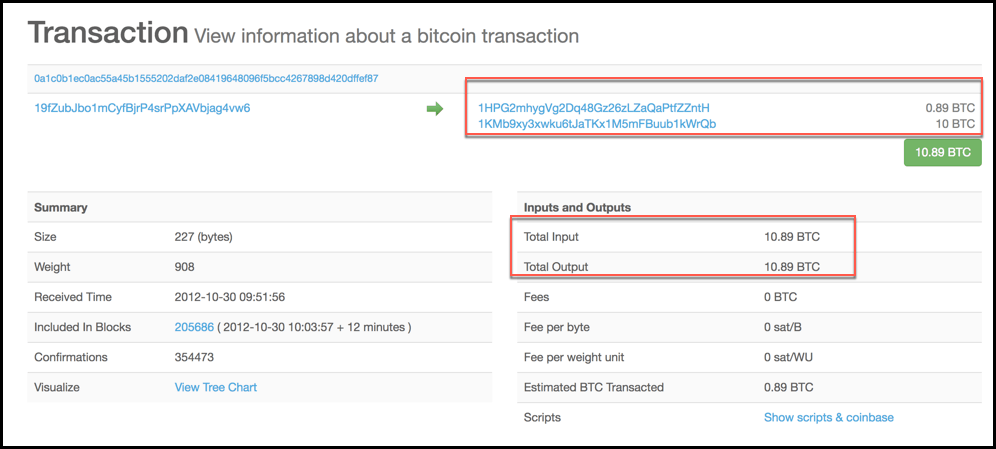Bitcoin Change Address & Change Output Explained

Understanding Bitcoin is simple.
But if you don’t choose the right resources to start learning Bitcoin, then it can be a difficult subject to understand.
That’s why here at TheMoneyMongers we try to provide you the best and the most lucid material to understand Bitcoin cryptocurrency in its entirety.
And today too we aim to explain the concept of ‘Bitcoin Change Address’ as simply as we can.
So let’s dive in:
What Is Bitcoin Change Address & Change Output In Bitcoin?
Bitcoin’s change output is merely the extra amount of Satoshis (i.e., bitcoins) that spender doesn’t wish to spend and thus are returned to the spender.
And the address on which this Change Output (i.e., extra Satoshis) is returned back to the spender is called the Bitcoin change address.
This needs to be done because if you want to pay someone with a certain amount of bitcoins, then the total amount of bitcoins on that particular address needs to be spent in its entirety.
And most of the times the value of bitcoin available on a Bitcoin address is higher than what the sender wishes to pay.
In this case Bitcoin client (Bitcoin wallet) generates new Bitcoin change addresses in the wallet itself to send the difference back to this address. This is also known as change or change output.
Is it still confusing?
Well, let look at this day to day example:
Say you went to the nearby grocery store to buy groceries.
You have selected the groceries, and your total bill is coming as $68. You get to your wallet and find that you only have a $100 bill which you give it to the cashier. The cashier returns 32 dollars to you.
Now in the fiat realm, only central banks have the authority to print notes/bills of different denominations, and in this case, your fiat transaction details look like this:
Input (You gave it to the cashier)
- $100 bill
Output
- $68 to the cashier
- $10 bill to you
- $10 bill to you
- $10 bill to you
- $1 bill to you
- $1 bill to you
So you would think what’s new in this? We do this every day!!
Of course, we do it every day but let’s consider another scenario in which the cashier has the authority to make/issue you a $32 bill as a change for you. (of course, this $32 will be adjusted from the cashier’s bank account).
And using this feature, he can issue any arbitrary denominations bills. That’s why you get $32 bill and this how you fiat transaction with cashier looks like:
Input (You gave it to the cashier)
- $100 bill
Output
- $68 to the cashier
- $32 bill to you
That’s precisely how Bitcoin works.
When you pay someone in bitcoins, you need to spend the bitcoins in its entirety (just like the $100 bill in the above example), and then bitcoin network has the authority to generate outputs of any arbitrary denominations i.e. change outputs (aka Satoshis).
For example, take this case of Bitcoin transaction: 0a1c0b1ec0ac55a45b1555202daf2e08419648096f5bcc4267898d420dffef87
In this case, the total payment that was to be made is of 10 BTC, and the total balance was 10.89 BTC. So the Bitcoin wallet cannot just take out 10 BTC out of 10.89 BTC thus the whole 10.89 BTC is spent in two transactions.
But a thing to note here:
One transaction of 10 BTC goes to one address (recipient), and another 0.89 BTC goes to another address which the spender of 10.89 BTC controls and this is the change address.
So effectively now the 10.89 BTC is spent in its entirety and destroyed hence preventing double usage or double spending of the same bitcoins.
And don’t worry your wallet will have the private keys of the change address so that you can again spend the 0.89 BTC change that you have received.
But you need to thank HD wallets which takes care of the change outputs and change addresses in the background of your wallet because in earlier days of Bitcoin, this process wasn’t automated and the user was required to put the change address manually.
This can be quite risky if you forget to put the change address because then the change outputs (i.e., bitcoins) will be lost forever.
Note: The ‘change output’ is not available to spend until the bitcoin transaction gets confirmed on the bitcoin network (i.e., funds get delivered to the intended address).
Consider the example of taking a $20 bill out of your wallet to pay for a $5 cup of coffee. You would give the $20 to the cashier, and the cashier would give you back the $15. While the $15 belongs to you, it is not available for the time it takes the cashier to give you back your change.
Moreover, Bitcoin can manage transactions in this manner because it uses UTXOs (unspent transaction outputs) for its accounting.
But UTXO is a topic for another day !!
So that’s all from our side in this article of Bitcoin change address, and now we hope you understand more clearly how Bitcoin network handles handing over of change.
Adios !!
- Is Bitcoin Real Money?: Understanding Different Types Of Money - June 28, 2024
- Bitcoin Transaction Accelerator: 5 Services to Unstuck Your BTC - September 23, 2023
- What Is Bitcoin Private Key? Everything You Need To Know !! - June 2, 2023


How to spend my unspendable bitcoin? It is possible that I can send them to my spendable wallet?
No, you can’t.
You will need the seed or private keys to make it spendable. Do you have that?